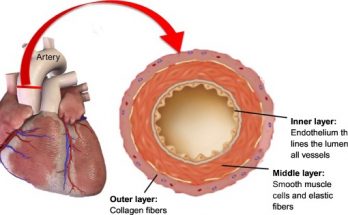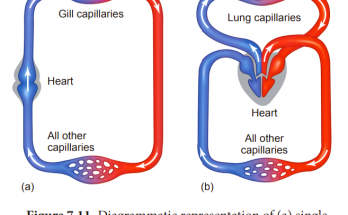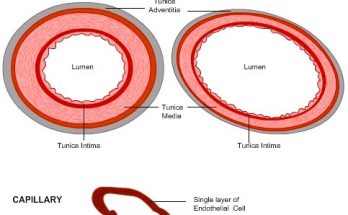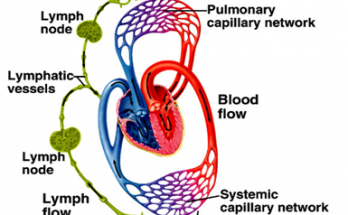
Arteries – Structure , Layers, Functions
Arteries are essential blood vessels responsible for carrying oxygen-rich blood away from the heart and distributing it throughout the body. Arteries are thick, muscular, and elastic, designed to withstand high pressure. Arteries have three main layers – the Tunica Intima, Tunica Media and Tunica Adventitia – each with distinct structures and functions.
Arteries – Structure , Layers, Functions Read More





